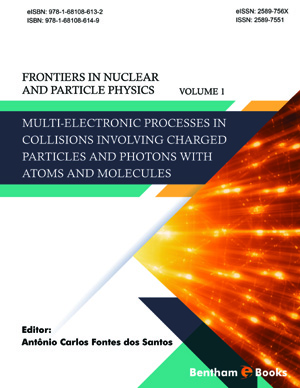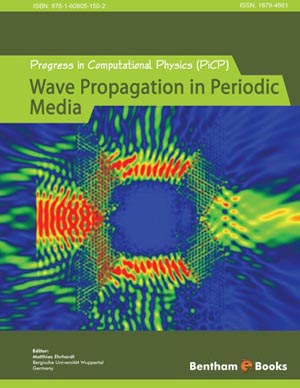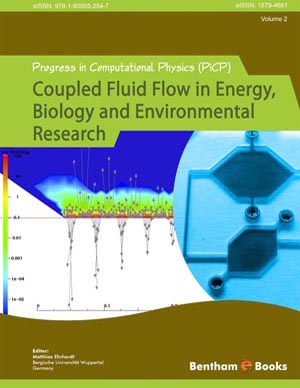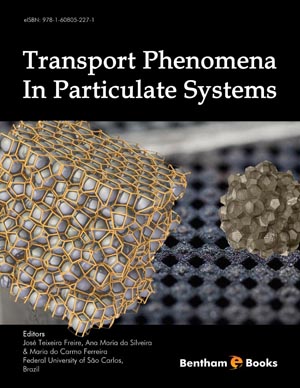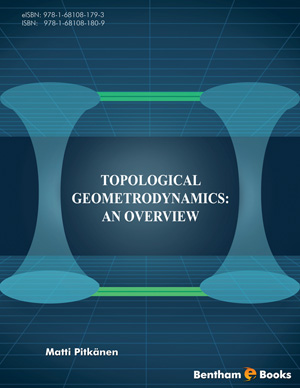Abstract
A dispersion model is essentially a computational procedure for predicting pollutant concentrations downwind of a source. Current models are based on knowledge of the emission characteristics (stack exit velocity, plume temperature, stack diameter, etc.), terrain (surface roughness, local topography, nearby buildings), and state of the atmosphere (wind speed, stability, mixing height, etc.). The main purpose of this chapter is to provide an overview of different dispersion models. The objective of dispersion Modeling is to predict the rate of spread of the pollutant cloud, and the consequent decrease in mean concentration. The model must be able to predict diffusion rates based on measurable meteorological variables such as wind speed, atmospheric turbulence, and thermodynamic effects. Therefore, algorithms at the heart of air pollution models are based on mathematical equations describing these various phenomena, which, can be used to predict concentration distributions downwind of a source when combined with empirical (field) data.
Keywords: AERMOD, AERSCREEN, atmospheric downwash, atmospheric turbulence, Box Model, CALPUFF, coastal-area meteorology, Dense Gas Models, dispersion models, emission, Gaussian Models, Lagrangian Models, land/sea breeze, Mesoscale models, MM5, New-generation Models, OCD, plume fumigation, pollutant concentration, Screening Models.






